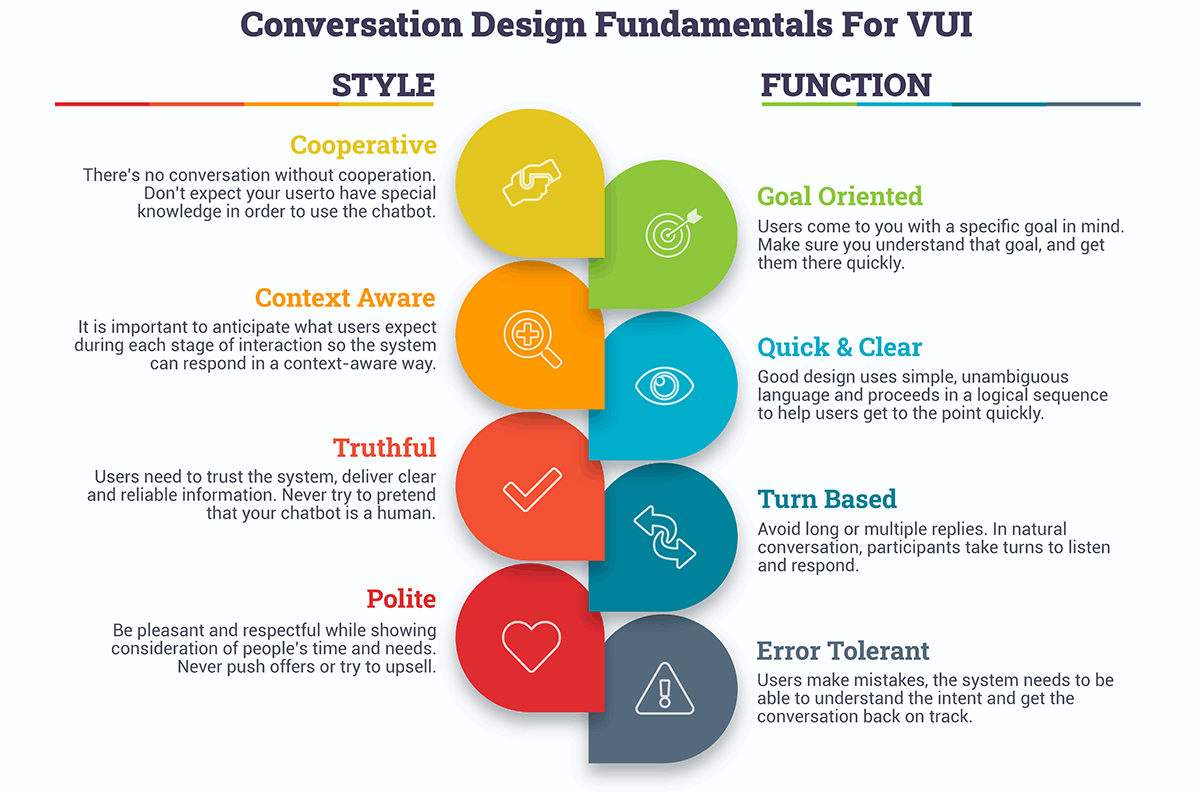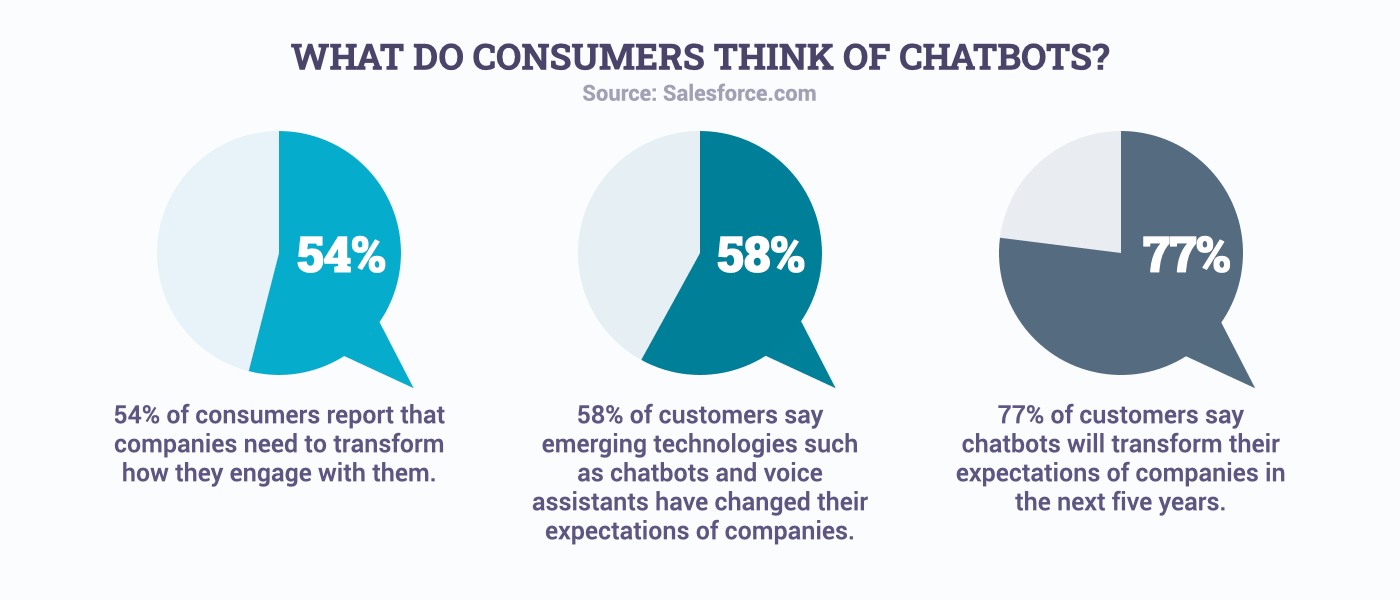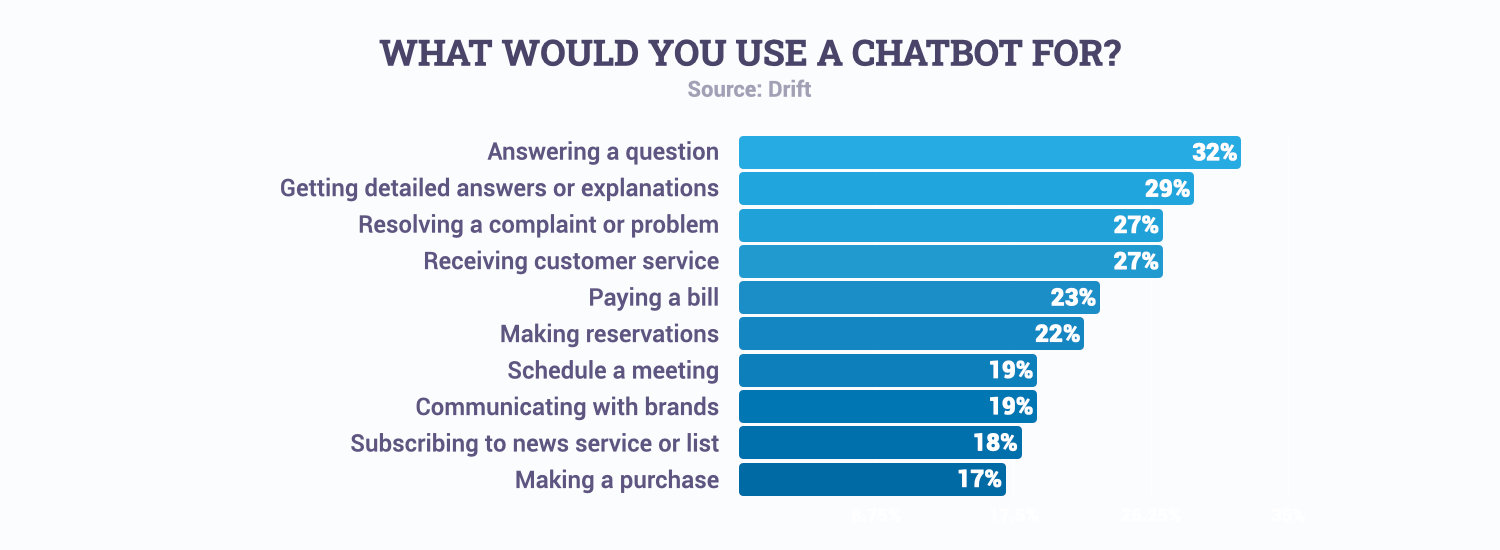Like many customer service professionals, you’ve either adopted some form of a chatbot or are considering which solution is best for you. And by now, you’ve discovered that it’s not as easy as just turning it on. While simple “no-code” chatbots that accept yes, no, numeric or directed responses can be deployed relatively quickly, the customer experience isn’t ideal, and functionality is limited. The industry is embracing artificial intelligence, specifically, Conversational AI and Generative AI.
It’s essential to think of your conversational chatbot as an interface for users. We’ve all experienced the maturation of GUIs or graphical user interfaces in the applications and websites we use. VUIs (voice user interfaces) and TUIs (text user interfaces) demand the same level of consideration, design, testing, and refinement that went into your website design. In this post about conversation design, we’re going to consider that the modality, voice or text, is interchangeable.
Consumer Acceptance Of Chatbots
Our previous article on Conversational AI pointed out how your customers expect immediate satisfaction. Those expectations are driven by 54% of your customers anticipating that you’re going to transform how you engage with them. The graphic below illustrates how your customers have become more and more accepting, even expecting a chatbot interface.
 How Consumers Use Chatbots
How Consumers Use Chatbots
The following graphic illustrates how consumers are using chatbots. While getting immediate answers will always be the most popular use case, making a payment by text is the fifth most-popular use.
 Chatbot Modalities
Chatbot Modalities
We’ve all used web-based chatbots to communicate with customer support. While convenient, it’s not always the ideal modality for everyone. Chatbots delivered via text messaging are quickly gaining popularity. And recently, during an extended power outage caused by the December wind storms, I experienced an expertly designed SMS chatbot. Within minutes of the outage, I received a text from the power company that the outage was widespread and will be several hours or more. Subsequent messaging provided status on the storm and recovery efforts. I was able to ask conversational questions, such as, “When will my lights be on,” and the responses were relevant to my specific address. As you can imagine, I put to the test with all kinds of questions. While the outage was distressful, the power company’s attention conversation design was reassuring. They made a significant effort to ensure I was well-informed during a bad situation and in an engaging way.
Conversation Design
When I design a website or landing page, I’m primarily focused on two things; functionality and visual style. The graphic design makes the functionality accessible to users, and the functionality the user needs influences the design. Color choices, iconography, layout, menu, and copy all combine to (hopefully) create a pleasing and frictionless experience for users and customers.
Designing a conversational interface is no different; style and functionality must be part of the design process. And just like graphic design, the conversation style makes the functionality effortless, and the functionality determines your style. You should consider these eight conversation design fundamentals; four are design-related, and four are for functionality.

Conversation Style: Cooperative
In my real-world example with the power company’s SMS chatbot, the conversation was highly cooperative. I didn’t need to know any unique jargon or keywords to get the information I needed.
Conversation Function: Goal Oriented
Users of your SMS chatbot are expecting to get answers right away. The goals of your chatbot need to be well-defined from the start.
Conversation Style: Context Aware
It was clear that the power company’s SMS chatbot was well-connected to its internal systems. Having meaningful and timely answers for my specific address was the ultimate in contextual awareness.
Conversation Function: Quick & Clear
Don’t over-design your conversation. While a text assistant needs to have a personality, don’t fall into the trap of flowery language or embellishment. Get to the point quickly and concisely.
Conversation Style: Truthful
Your SMS chatbot users need to have high confidence in the system. Precise and reliable information is essential, and never pretend to be human.
Conversation Function: Turn Based
Never ask for more than one piece of information at a time. SMS chatbot users may get briefly interrupted, so keep the conversation flow turn-based.
Conversation Style: Polite
Your users come to your SMS chatbot with a specific need. Be respectful of their time and quickly address their needs. Never push promotional offers or up sell unless the user asks.
Conversation Function: Error Tolerant
Using a conversational AI with integrated machine learning, your SMS chatbot will learn to understand your users’ minor typos and awkward grammar.
A Conversation About Conversations
Hopefully, this has given you some important tactics to consider for your conversational chatbot. Contact us if you’d like to learn more and review how conversational AI and SMS chatbots might suit your business needs. Our Compass Automation Platform is a full-stack managed CPaaS, with Conversational AI for voice assistants over the phone and chatbots for any text modality.
 How Consumers Use Chatbots
How Consumers Use Chatbots Chatbot Modalities
Chatbot Modalities
